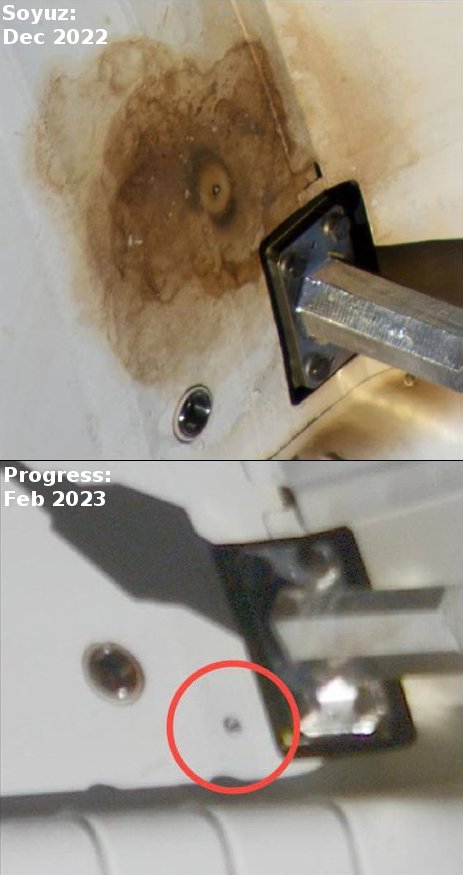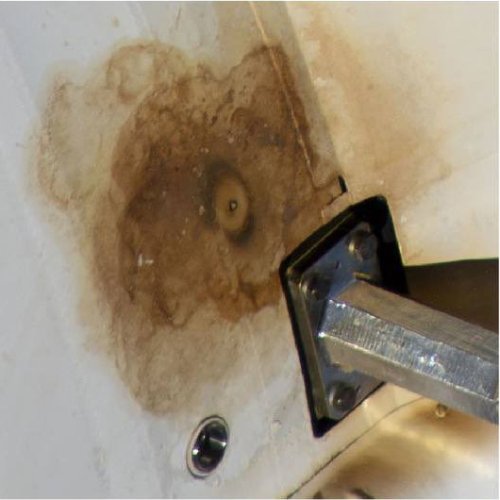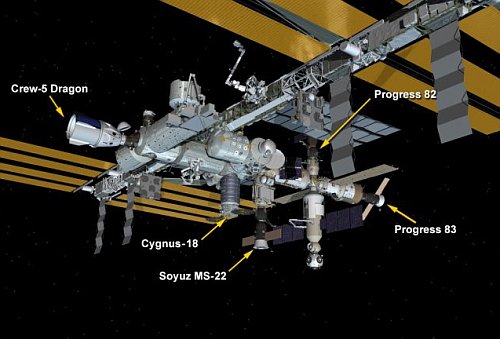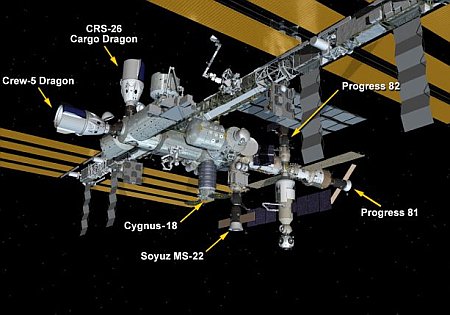
Frank Rubio
Initially, Frank Rubio’s first flight in space was intended to be a standard six month mission on ISS. Launched on September 21, 2022 on a Soyuz-2 rocket inside a Soyuz capsule, the plan was for him and his two crewmates to return in March, 2023.
Then their Soyuz capsule developed a leak in its coolant system in December 2022. Not knowing if it was safe to use this capsule with humans inside, a replacement unmanned Soyuz capsule was launched by the Russians to ISS in February 2023, with the leaking Soyuz capsule brought back unmanned earlier this week.
The Russians however decided that this new capsule, designed for a six month mission, would stay in orbit for six months, so that it would be used to its planned capability. This decision also hinged on the lack of a new crew arriving on this new capsule. If it brought Rubio and his crew home earlier, ISS would be short three crew members for at least several months.
The planned return date, September 27, 2023, now means that Rubio’s mission will be at least 371 days long, making him the first American to fly a full year in space. Previously NASA falsely touted Scott Kelly’s 340-day mission as a year-long mission, when it never was. Later, Mark Vande Hei’s mission, also launched on a Soyuz, was extended to 355 days, still just short of a year, because the Russians wanted to send a film crew to ISS and return them on the capsule which Vande Hei was intended to come home on.
Whether Rubio truly does spend a year in space however remains uncertain. Two different Russian spacecraft — the Soyuz and a Progress freighter — have developed this coolant leak in the past three months. If this problem is a systemic manufacturing error, which Russia is now investigating, the decision might be to return the new capsule sooner than planned, out of fear it will develop its own leak. We shall likely find out sometime in the next three months.
If Rubio does end up in space for a full year, however, it will likely be a dream come true, having become an astronaut in 2017 but waiting six years for his first flight.





